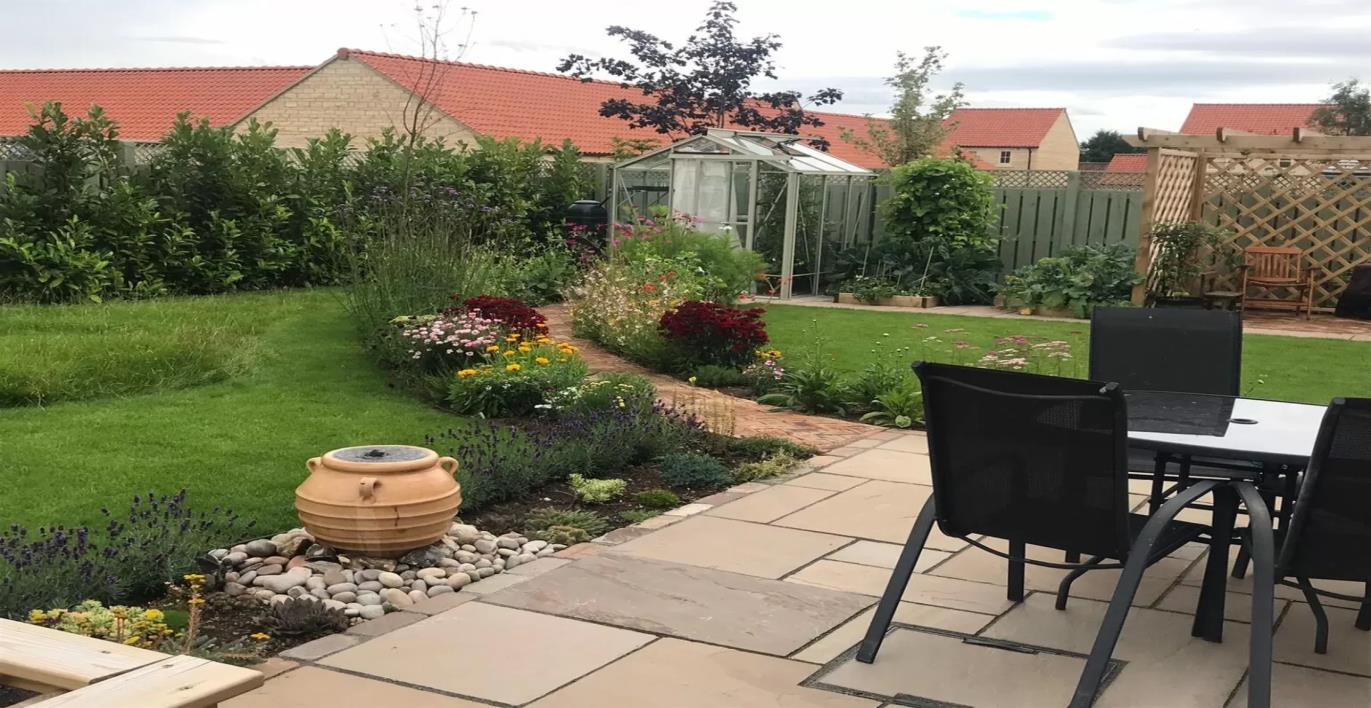

Incorporating Native Plants in Your Residential Landscape Design
Creating an aesthetically pleasing and sustainable landscape design for your home involves careful consideration of plant selection. Incorporating native plants into your residential landscape design not only adds natural beauty but also promotes environmental sustainability and supports local ecosystems.

Understanding the Benefits of Native Plants
Native plants are those that naturally occur and have evolved in a specific region over a long period of time. Due to their adaptation to the local climate, soil, and wildlife, native plants offer several benefits when incorporated into residential landscaping:
Environmental Benefits
Water Conservation: Native plants are well-suited to the local climate and require less irrigation once they are established, contributing to water conservation efforts.
Reduced Chemical Use: As native plants are naturally resistant to local pests and diseases, they typically require fewer chemical inputs for maintenance.
Support for Wildlife: Native plants provide food and habitat for local wildlife, including birds, butterflies, and beneficial insects, fostering biodiversity in your landscape.
Aesthetic Benefits
Natural Beauty: Native plants offer a sense of place and enhance the visual appeal of your landscape, creating a seamless transition between the natural surroundings and your property.

Low Maintenance: Once established, native plants generally require less maintenance, allowing homeowners to enjoy a beautiful landscape with minimal effort.
Choosing Native Plants for Your Landscape
When selecting native plants for your residential landscape design, consider the following factors:
Local Ecology
Research the native plant species that are well-suited to your specific region, taking into account the soil type, sun exposure, and climate conditions. Consider visiting native plant nurseries or contacting local botanical gardens for expert advice on plant selection.
Functional and Aesthetic Considerations
Evaluate the desired functions of different areas within your landscape, such as erosion control, pollinator support, or privacy screening. Additionally, consider the seasonal interest and aesthetic appeal of native plants to ensure a visually dynamic and harmonious landscape throughout the year.
Integration with Existing Landscape Elements
Plan the integration of native plants with existing landscape features, such as pathways, hardscapes, and architectural elements. Incorporate native plants in a way that complements the overall design and contributes to a cohesive, unified look.
Design Strategies for Incorporating Native Plants
Several strategic approaches can help maximize the impact of native plants in your residential landscape design:
Planting Communities
Create plant communities that mimic natural ecosystems, grouping native plant species based on their ecological associations. For example, consider combining plants that support pollinators, attract birds, or thrive in specific soil conditions to create functional and visually cohesive plantings.
Layering and Diversity
Incorporate a diverse mix of native plants, including trees, shrubs, herbaceous perennials, and ground covers, to establish multi-layered, resilient landscapes. By stacking plants in vertical layers and varying textures and heights, you can create visually compelling compositions that emulate natural habitats.
Seasonal Interest

Select native plants that offer a range of seasonal interest, including flowering, foliage color, and fruiting periods. By incorporating plants with varying bloom times and seasonal characteristics, you can ensure year-round visual appeal and support for wildlife throughout the changing seasons.
Habitat Enhancement
Integrate native plants that specifically support local wildlife, such as nectar-rich flowers for pollinators, berry-producing shrubs for birds, or host plants for butterfly larvae. By designing with ecological functionality in mind, you can contribute to the health and resilience of your local ecosystem.
Maintenance and Care Considerations
Once native plants are established in your landscape, proper maintenance is essential to ensure their long-term success:
Regular Monitoring: Monitor the health and growth of native plants, addressing any issues such as pests, diseases, or environmental stress in a timely manner.
Appropriate Pruning: Follow best practices for pruning native plants as needed to maintain their natural form and encourage healthy growth.
Seasonal Maintenance: Implement seasonal practices such as mulching, watering, and fertilization to support the vitality of native plants as they adapt to the local environment.
By incorporating native plants into your residential landscape design, you can create a harmonious, environmentally friendly, and visually striking outdoor space that enriches your home and contributes to the overall well-being of the local ecosystem. Whether you are aiming to create a lush, wildlife-friendly garden or a low-maintenance, water-wise landscape, the strategic use of native plants can transform your property into a sustainable and beautiful sanctuary that reflects the unique character of your region.
To know more about our services, visit www.outdoorlivinggardens.co.uk
